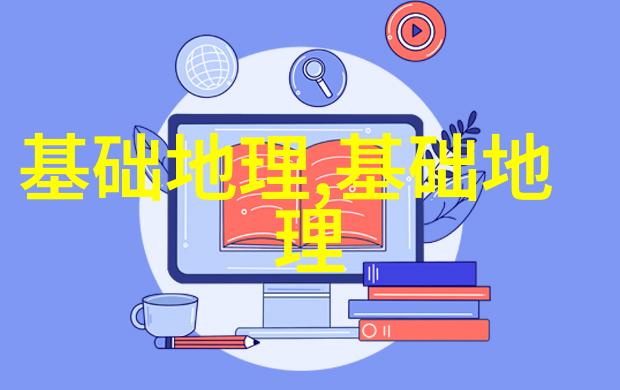在现代工业生产和日常生活中,固液分离是指将混合物中的固体颗粒从流动的液体中分离出来的过程。这一过程对于许多行业至关重要,如食品加工、药品制造、环境保护以及化学实验等。固液分离设备过滤器正是这一过程中不可或缺的关键设备,它们通过物理力场(如压力差)来实现对两种相质之间的分离。

过滤原理与分类
过滤器通过其结构上的孔隙大小来区隔不同性质的物质。在过滤作用下,具有较小孔径的小颗粒被捕获于孔隙内部,而大颗粒则由于无法穿越孔隙而被排除。根据过滤介质材料和处理工艺,可将过滤器进一步划分为机械式、生物活性、蒸汽等多种类型。例如,微网布作为一种常见的机械式过滰料,其由细小纱网组成,对于去除较细微颗粒十分有效。而生物活性膜则主要用于水处理领域,可以有效去除水中的有机污染物和重金属。

固液分离设备设计要素
为了提高固液分离效率,设计人员会考虑到各种因素,比如流速控制、清洁系统设计以及耐腐蚀性的选择等。在实际应用中,一些特殊设计可以帮助提高过滤效率,如反转法,这是一种利用静电吸引力的方法,使得悬浮在表面的污染物能够迅速吸附到筛网上,从而减少了回洗次数。但同时,由于这些复杂操作可能需要额外投资,因此需要权衡成本效益。

固定床固定膜技术
固定床固定膜技术是一种高效且经济实用的固-liquid separation方法,它结合了传统纸浆厂所使用的大型沉淀池与小型快速反应时间的一般装备特点,以达到低成本、高性能目的。此技术通常采用陶瓷或塑料制成的薄板作为接触介质,将含有大量微泡沫或其他气泡的小容量池子设置在地面之下,这样可显著提高溶解度,并降低能耗。此外,由于此类装置尺寸较小,更适合安装在空间有限的地方进行运作。

应用领域及其挑战
固-liquid separation technology has a wide range of applications, including chemical processing, wastewater treatment, food and beverage industry, pharmaceutical manufacturing etc. In these fields, the challenges faced by filter designers are diverse and complex. For example, in the case of water purification systems used in drinking water production or industrial processes such as desalination plants or power generation facilities - where high purity is required - filters must be designed to remove impurities down to extremely low levels.

维护与维修问题
Over time, all filtration systems require regular maintenance and cleaning to maintain their efficiency and effectiveness against clogging or contamination from various sources (e.g., mineral deposits from hard water). The frequency of maintenance depends on factors such as usage patterns and environmental conditions (temperature fluctuations) that can affect the rate at which contaminants accumulate on the surface of filters.
新兴趋势与未来展望
In recent years there has been growing interest in innovative materials for filter development that can improve both performance characteristics (e.g., higher porosity) while reducing costs associated with material procurement & disposal (recyclability). Another area under exploration is membrane technology using nanofiltration or reverse osmosis methods capable of achieving even higher purity levels than traditional filtration methods; however this also requires significant upfront investment for equipment acquisition.
These advances will continue to shape the future landscape for solid-liquid separation technologies by enabling more efficient use of resources across industries while improving product quality standards overall.
标签: 基础地理



